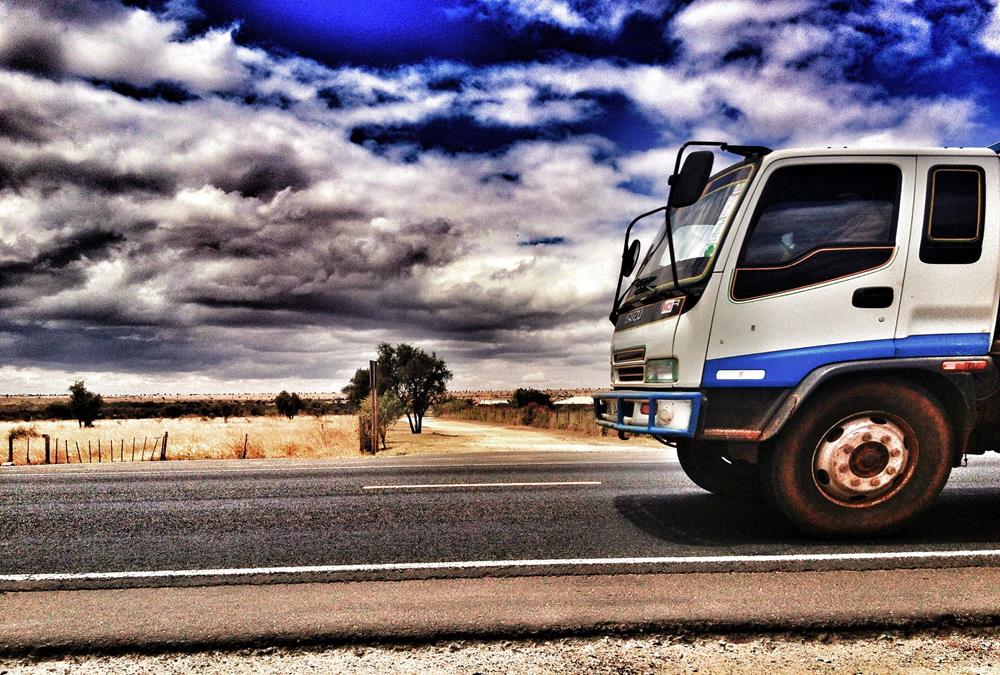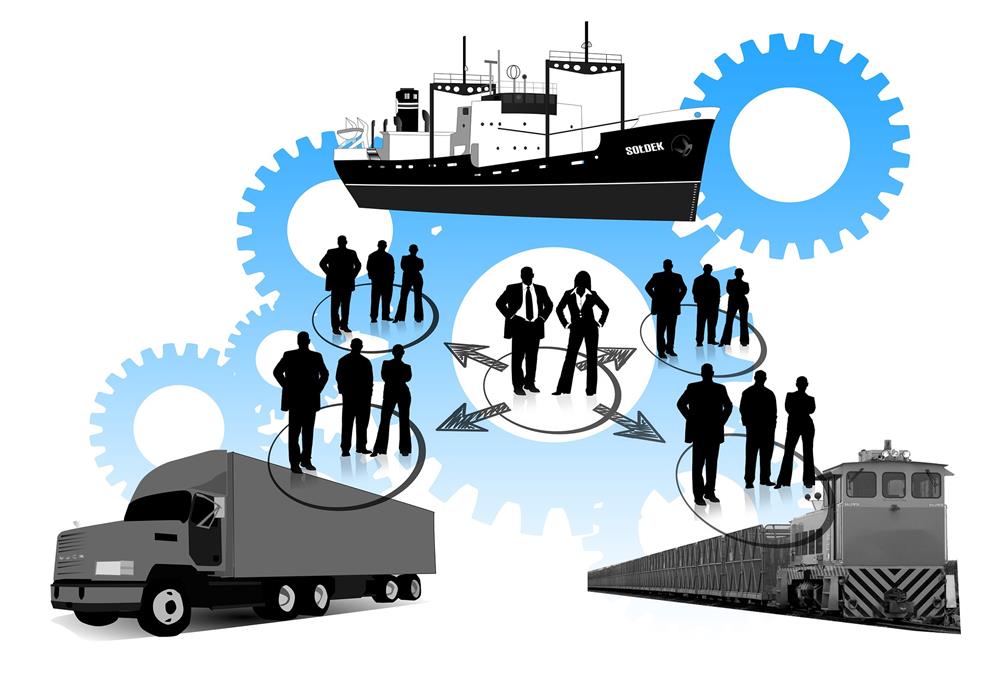- Home
- Business Processes
- Industry Knowledge
- Aerospace Industry
- Automotive Industry
- Banking Domain
- BFSI Industry
- Consumer/ FMCG Industry
- Chemicals Industry
- Engineering & Construction
- Energy Industry
- Education Domain
- Finance Domain
- Hospitality Domain
- Healthcare Industry
- Insurance Domain
- Retail Industry
- Travel and Tourism Domain
- Telecom Industry
- Leadership Skills
- eLearning
- Home
- Business Processes
- Procure to Pay
- Cross Docking Process
Cross Docking Process
One of the warehousing best practices that retailers like Walmart, Amazon, and Target have adopted is known as cross-docking. During this process the inbound products are unloaded at a distribution center and then sorted by destination, and eventually reloaded onto outbound trucks. In real parlance, the goods are not at all warehoused but just moved across the dock (hence the name).
Cross-dock products from receiving warehouse to stores
One of the warehousing best practices that retailers like Walmart, Amazon, and Target have adopted is known as cross-docking. During this process the inbound products are unloaded at a distribution center and then sorted by destination, and eventually reloaded onto outbound trucks. In real parlance, the goods are not at all warehoused but just moved across the dock (hence the name).
Cross-dock is the process to distribute products from the receiving location of a purchase order to one or many stores. Cross docking takes place in a distribution docking terminal; usually consisting of trucks and dock doors on two (inbound and outbound) sides with minimal storage space. Cross docking can also be defined as the process of re- handling freight from inbound trucks and loading it into outbound vehicles. Essentially, cross-docking removes the “storage” link of the supply chain. Cross-docking is a practice in logistics of unloading materials from a manufacturer or mode of transportation directly to the customer or another mode of transportation, with little or no storage in between.
The receipt of products may be from multiple vendors and they are sorted in the receiving warehouse and dispatched in outbound trucks for a number of retail stores. Organization must specify the quantity being purchased of the selected product that should be distributed and orders are created from the receiving warehouse to the retail stores.
Factors influencing cross docking:
- Cross-docking requires continuous communication between suppliers, distribution centers, and final points of sale
- Useful when a single corporate customer has many multiple branches or using points
- Helps in reduction of freight costs, cost of inventory in transit and complexity of loads
Cross Docking Process:
Given below are the steps involved in designing a cross docking process:
- There are three parties involved in this process - Manufacturer of Originating Supplier, Supplier who has received the order from the customer.
- The originating supplier ships the goods.
- The supplier is notified of the shipping details.
- Carrier notifies middle supplier of the arrival date and time for each shipment.
- The supplier also receives the order details from the customer.
- The outbound carrier is notified of the pick-up time, load description, destination, and delivery date and time.
- The customer is notified of shipment detail, carrier, and arrival date and time.
- A dock location is selected for trucks involved in receiving and shipping.
- Labor and handling equipment are scheduled.
- Receipts are recorded and reconciled, and any receiving variances are noted.
- Labels are created, and cases and pallets are routed and tracked from receiving to dispatch.
Example:
This method was used by Wal-Mart in the 1980s. Wal-Mart was able to effectively leverage its logistical volume into a core strategic competency by usage of cross docking.
- Wal-Mart operates an extensive satellite network of distribution centers serviced by company-owned trucks
- They have two types of products, items for regular sales (staple stock) and large quantities of one time products
- Cross docking is used for second type of products
- It minimizes warehouse costs with direct freight by keeping these products in warehouse for as little time as possible.

Milk Run Process
A Milk Run is a delivery method used to transport mixed loads from various suppliers to one customer.
This method got its name from the dairy industry practice, where one tanker used to collect milk from several dairy farms for delivery to a milk processing company. The milk-run is generally an “in-warehouse” transportation system where your items are transported from a central or receiving area to different putaway areas within your facility. In the context of logistics, milk runs helps to increase the utilization of tools and in-turn reduce the logistics costs.
Examples:
- Some retail product quantities typically aren't full pallets of inventory. Milk-run strategy could be deployed for Putaway activity.
- One truck can visit multiple suppliers to pick up the loads for one customer.
Related Links
You May Also Like
-
Overview of Third-Party Logistics
Third-party logistics (abbreviated as 3PL, or TPL) is an organization's use of third-party businesses to outsource elements of its distribution, warehousing, and fulfillment services. A third-party logistics provider (3PL) is an asset-based or non-asset based company that manages one or more logistics processes or operations (typically, transportation or warehousing) for another company.
-
Overview of Warehouse Processes
The basic function of a warehouse is to store goods. This means that they receive deliveries from suppliers, do any necessary checking and sorting, store the materials until it is dispatched to customers. Traditionally warehouses were seen as places for the long-term storage of goods. Now organizations want to optimize their customer experience and try to move materials quickly through the supply chain, so the role of warehousing has changed.
-
What is a Warehouse & why companies need them?
All organizations hold stocks. In virtually every supply chain, gaps exist between when something is produced and when a customer is ready to buy or receive it. Stocks occur at any point in the supply chain where the flow of materials is interrupted. This implies that products need to be stored during this period of gap.
-
Business Case of Multiple Warehouses
Adding extra warehouses to business provides many benefits such as reducing shipping costs, increasing storage capacity, and having warehouses for specific purposes to simplify overall warehouse management. Multiple warehouses allow you to organize your inventory in a way that helps your business be more effective.
-
At a high level, the essential elements in a warehouse are an arrival bay, a storage area, a departure bay, a material handling system and an information management system. As part of the process for enabling a warehouse layout, you must define warehouse zone groups, and zones, location types, and locations.
-
Inventory is money, and hence businesses need to perform physical inventory counts periodically to make sure that their inventory records are accurate. The traditional approach to conducting inventory counts is to shut down a facility during a slow time of year to count everything, one item at a time. This process is slow, expensive, and (unfortunately) not very accurate.
-
After products have been received and passed a quality inspection, they need to be stored so that you can find them when you need them. This process is called putaway. The spot where you store a particular product is called a location. One section of a warehouse might have small locations for light items; another area may have large locations on the floor for heavy items.
-
Miscellaneous Warehouse Processes
At the end of each inventory control, the Contractor provides the Ordering Person with an inventory report which contains a list of all stock adjustments. The Ordering Person uses the report to create, by use of his/her own means, necessary value and accounting adjustments related to the stock. Let us look at some to the mislaneous warehouse processes not covered earlier.
-
To stay competitive in today’s tough market, the location of your warehouse is vital. To grow retail business need to offer to customers faster and affordable shipping time, which is dependent on the warehousing location as the location of the warehouse affects the transit time to ship orders to customers.
-
Resource Planning is the process of planning for expected workload and determining the number of resources required to complete each activity in the warehouse. There are many types of warehouse positions, and they also vary by the employer, the scale of operations and location. Discussed here are generic positions applicable to warehouse management processes.
Explore Our Free Training Articles or
Sign Up to Start With Our eLearning Courses

About Us
Learning
© 2023 TechnoFunc, All Rights Reserved









